There are several reasons you should insulate your walls, from saving on energy costs to preventing moisture collection. Fortunately, you can achieve this through lots of different methods. But with a wide range of insulation ideas, what is the best and most efficient way? We've asked the experts, and we have the answers for you!
You can insulate your walls through several methods using different materials. While each method is effective, it comes with benefits and drawbacks too. But here are a few of those that work exceptionally well for interior walls:
- Spray Foam Insulation
- Blown-In Insulation
- Foam Board Panels
- Radiant Barrier
- Stone Wool
Choosing the appropriate insulation for your walls is necessary to ensure your walls receive adequate protection. Keep reading to learn why you should insulate, how to choose an insulation method, and what steps to take in applying each insulation type.
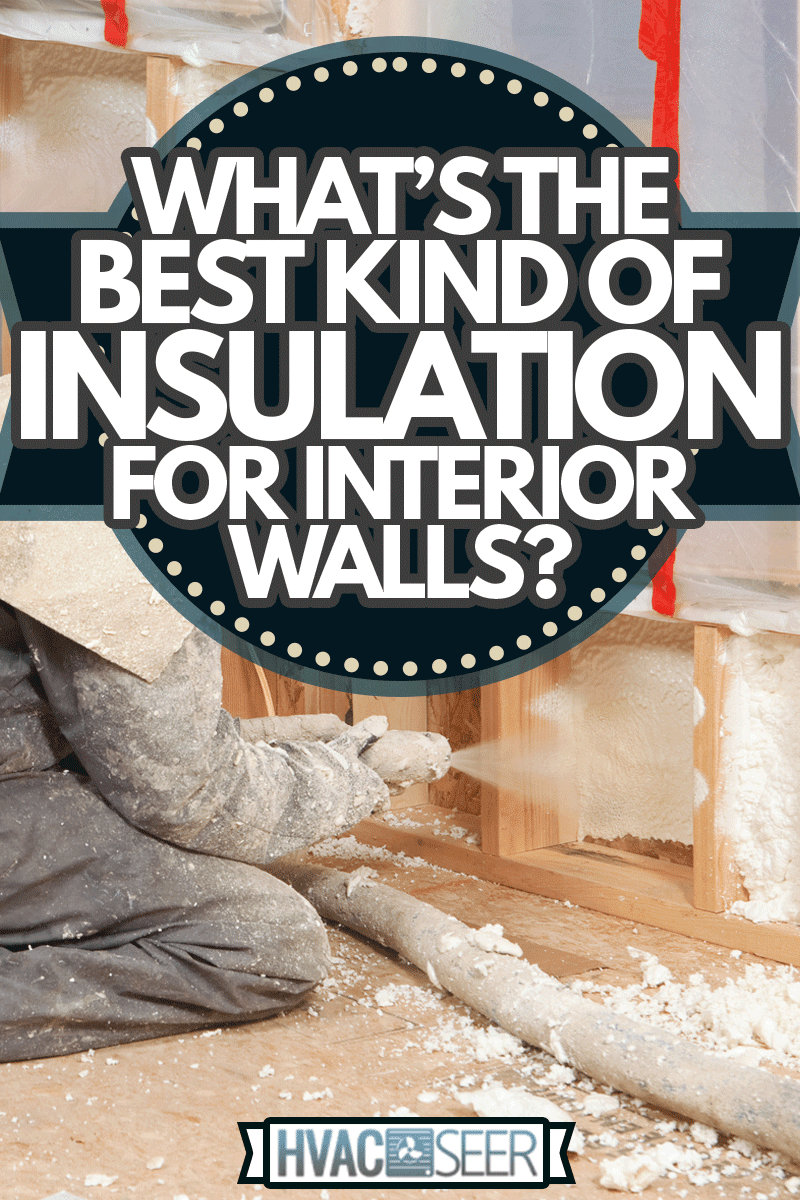
What Type Of Insulation To Use On Interior Walls
When insulating an interior wall, there are several ways you should go about it. Your choice could depend on other factors as well, such as where you'll be insulating, how much work you can spare, and even your property's characteristics.
Here are a few of the top methods:
Spray Foam Insulation
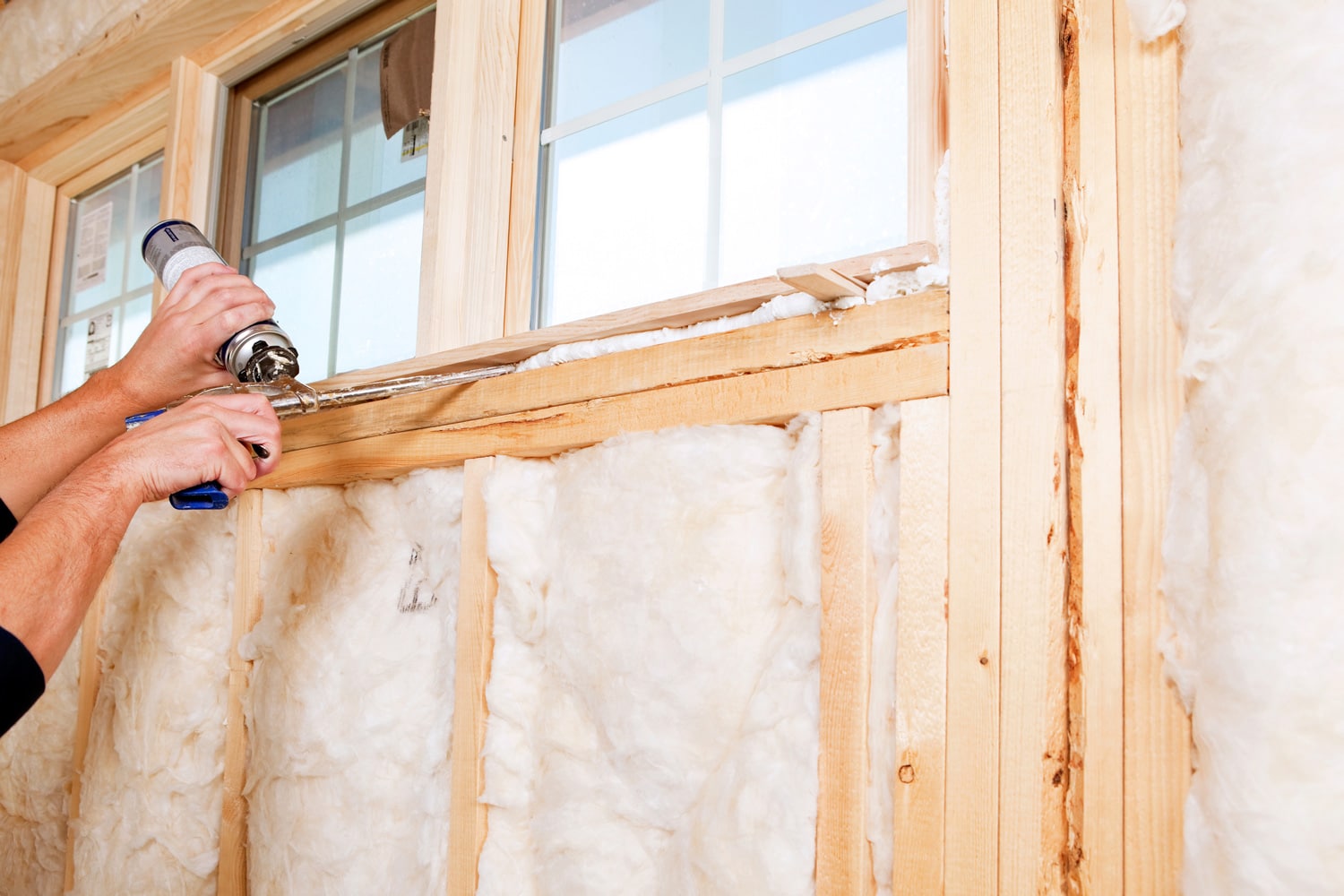
Spray foam insulation is a popular option when sealing gaps and leaks in walls. After spraying the liquid into the wall cavity, it expands and becomes a hardened foam.
These usually come in two types, open-cell foam, and closed-cell foam. The primary difference between these is their consistency and their application on walls.
Open-cell foam is usually softer and flexible enough to reach narrow or hard-to-reach spaces. On the other hand, closed-cell foam is comparable to other forms of insulation because it is more solid, keeping moisture from passing through the foam.
Blown-In Insulation
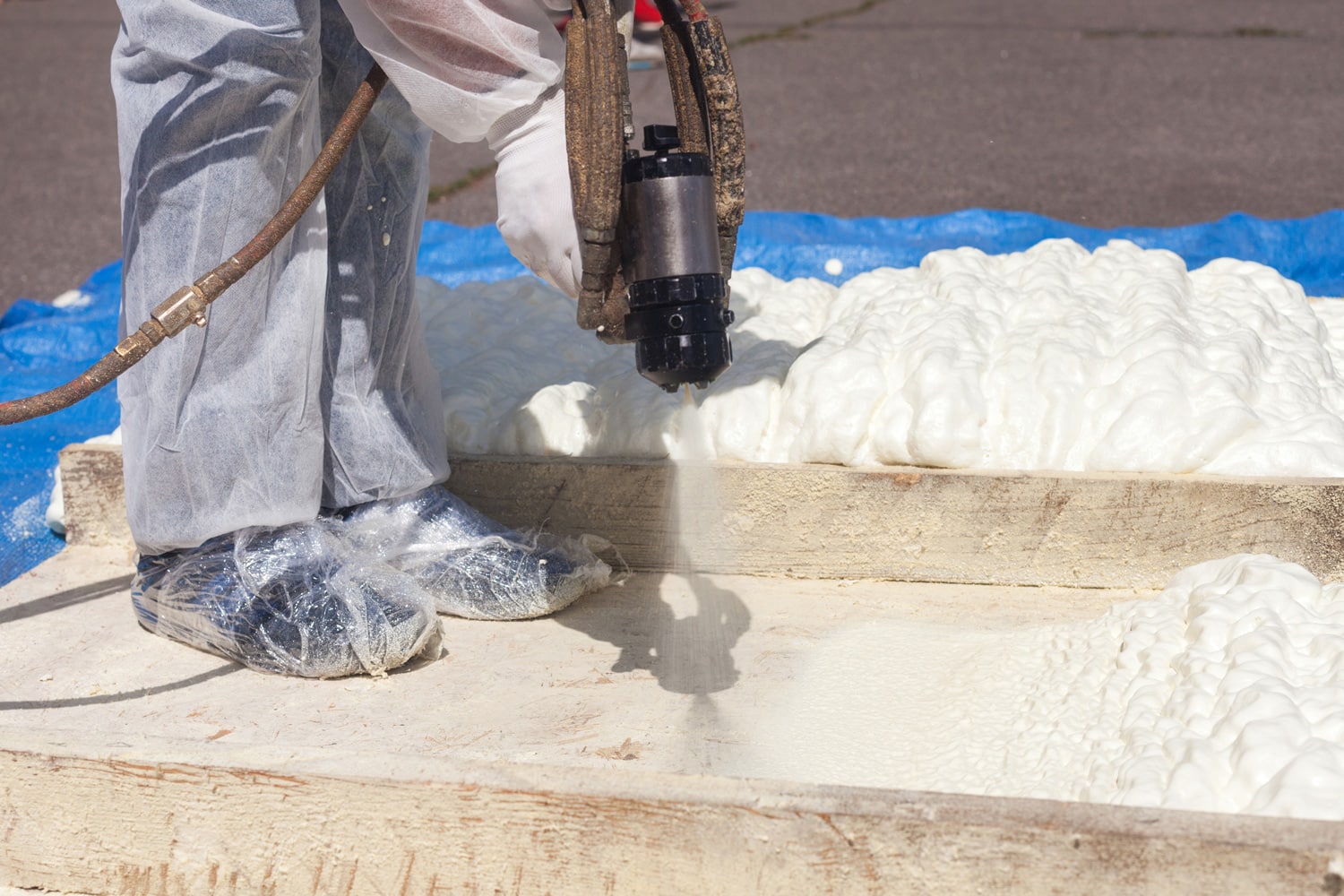
Likewise, blown-in insulation uses cellulose foam. But it sprays a recycled paper-like material into different spaces. It requires using a machine and blower nozzle for easier application in tighter or irregular-shaped gaps.
You can also apply this type of insulation in other areas of your home. If your home is still in construction, most would recommend this type of insulation to make it easier to fill holes to patch up later.
Foam Board Panels
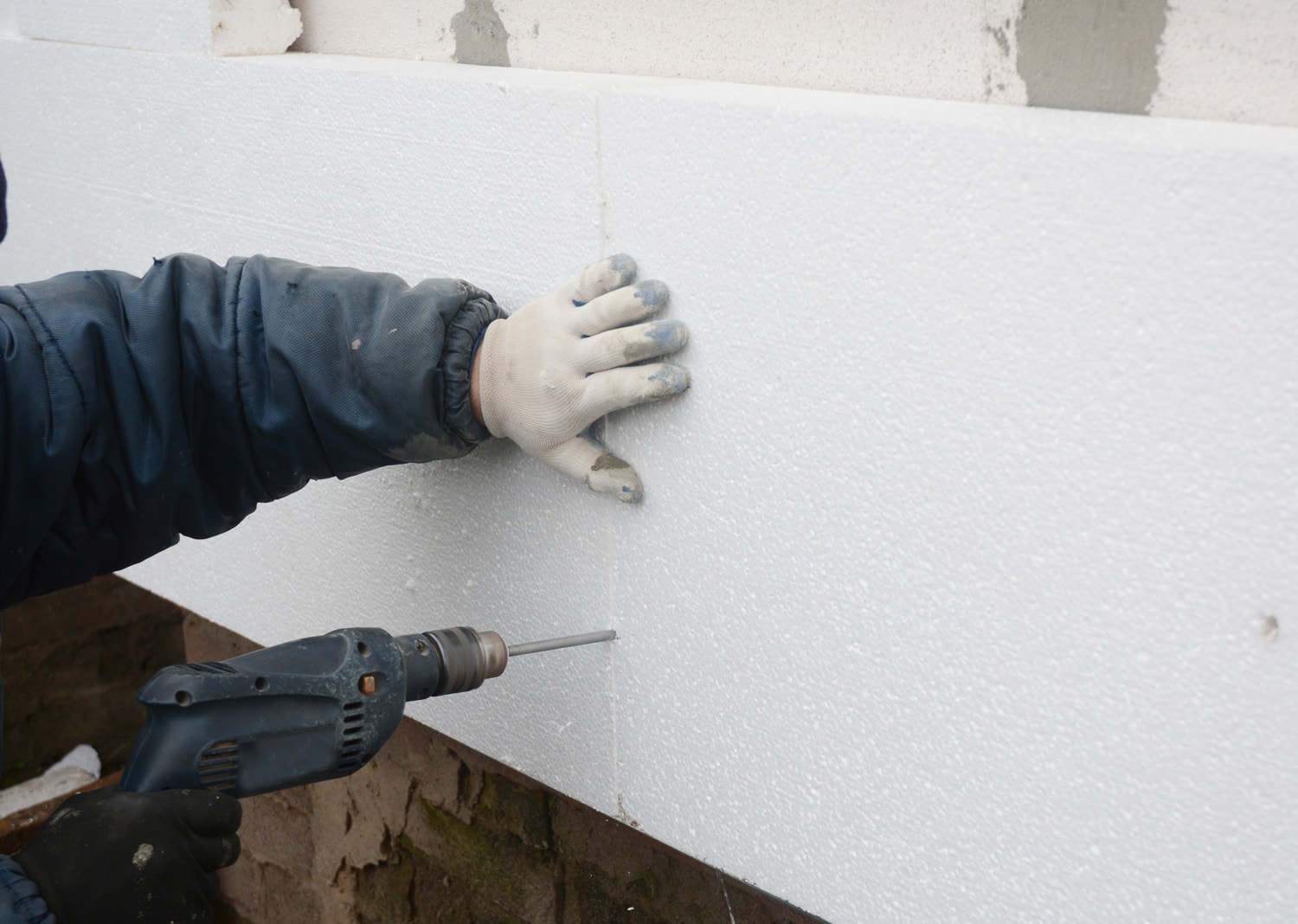
If you're on a budget or looking for cheaper insulation, consider using foam board panels. Foam boards are one of the affordable insulation options available and prove to be an effective method.
These panels consist of 3 different materials known for having durable and insulating properties. Other than moisture accumulation, foam boards can prevent the growth of mold and bacteria.
Because it's inexpensive, you can apply other forms of insulation on top of it for extra protection. They are also commonly recommended for unfinished walls, floors, and ceilings.
Click here to see this product on Amazon.
Radiant Barrier
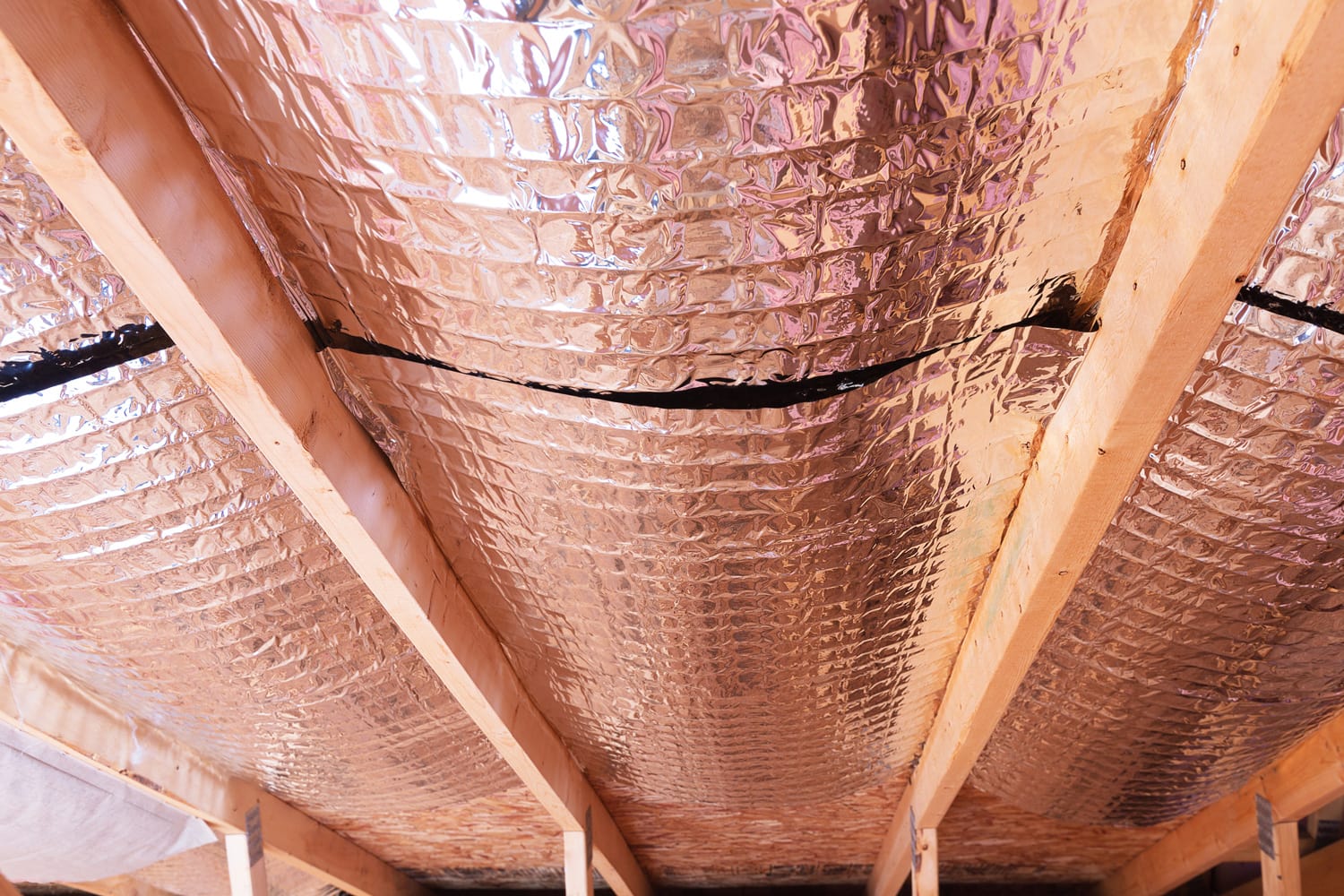
Radiant barriers typically go in the attic rather than for interior walls. However, they work as effective wall insulation due to their heat-gain reducing properties, allowing warmer temperatures throughout your home, especially during hotter seasons.
Unlike standard insulation methods, radiant barriers reflect heat away to lower heat gain and transfer indoors. Less heat transfer would mean your home cools down quicker, saving you on cooling costs.
Due to how they work, they are more effective in warmer locations or when the weather is hot. Regardless, they also save you on energy costs and increase comfort during winter.
Click here to see this product on Amazon.
If you're curious about the life span of radiant barrier insulation, check out this post: How Long Does Radiant Barrier Insulation Last?
Stone Wool
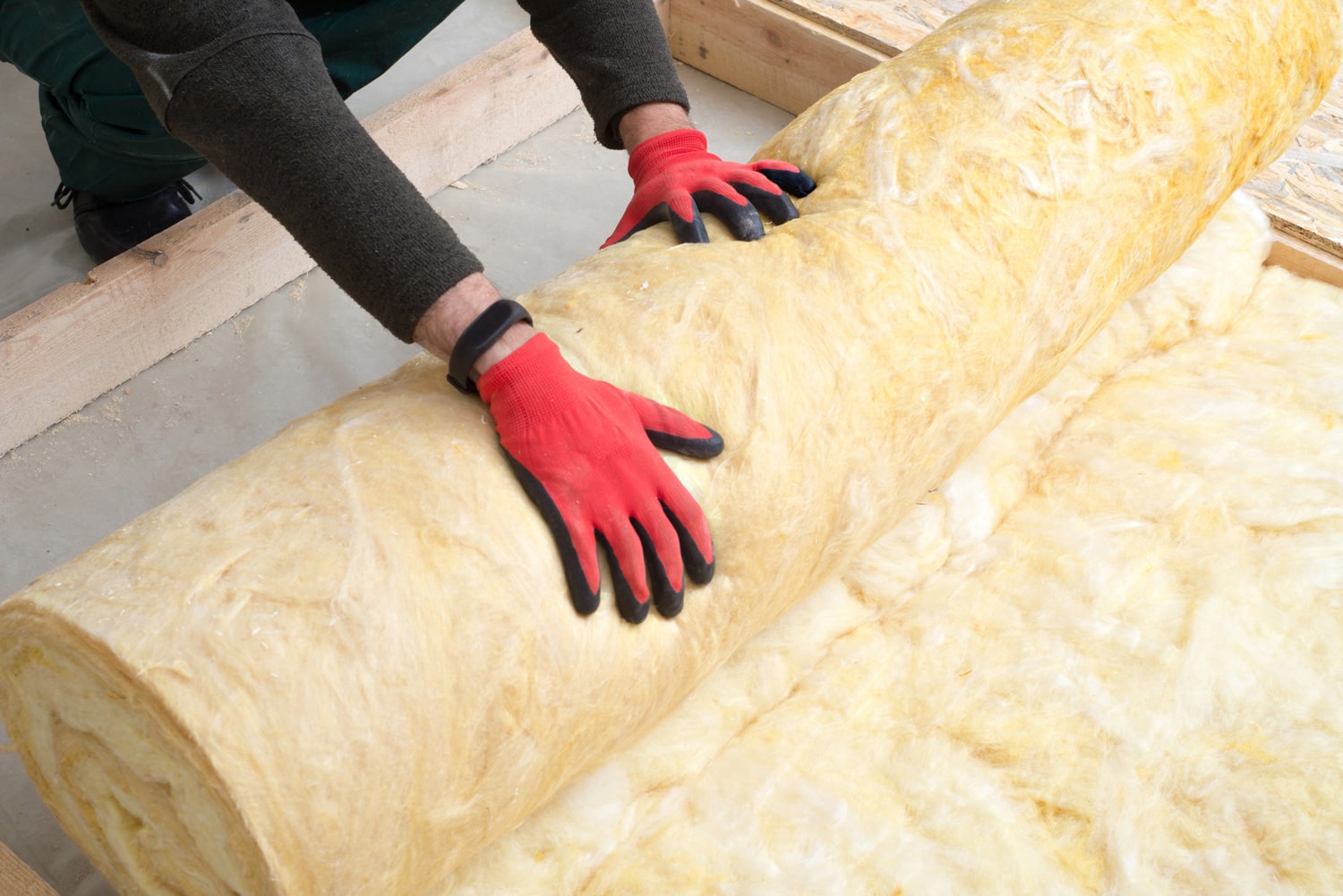
Homeowners have started looking into stone wool insulation again recently, mainly because it offers a higher R-value than fiberglass batts. They're also easy to install without requiring professional assistance.
Stone wool is made from a nonabsorbent material, meaning it won't stay wet when it gets soaked with water. So even if your home starts leaking, the insulation remains.
Another good reason to get stone wool is its fire-resistant features. It holds its shape even in a fire, and it can help control the spread.
Should You Insulate Your Interior Walls?

Insulation effectively increases energy efficiency in a home, but is it necessary to insulate interior walls? It isn't always a requirement, but it can make additional improvements.
Usually, homeowners would focus on insulating their exterior walls and attic to regulate temperature and control moisture. However, most of them aren't aware that indoor insulation brings in several other benefits on top of these.
Here are the advantages of insulating your interior walls:
Energy Efficiency
Adding insulation will work the way it should, no matter which part of the house you install it. If you insulate interior walls, it contributes to maintaining temperature indoors.
It lowers the amount of outside air that enters your home and reduces the level of heat transfer from room to room. It results in lesser temperature fluctuations, meaning your heating or cooling system won't have to consume extra power.
Saving On Energy Costs
Energy efficiency directly affects your expenses. When it gets too hot or cold, your heating or cooling system will have to exert more effort to regulate the temperature throughout your house, later leading to additional energy costs.
Since insulation prevents this from happening, you won't have to worry too much about your utility bills getting higher during the summer or winter.
Better Moisture Control
Completely ridding your home of moisture takes a lot more time and effort than you'd think. Luckily, there are also ways to prevent it from causing major damage to your home, such as insulation.
Moisture collection can come from regular activities like showering, cooking, and more. But with adequate insulation, it stays controlled enough to avert harm.
Soundproofing
Insulation also comes with soundproofing properties by creating a barrier between the noise and your walls. At the same time, it absorbs vibrations. And so, it effectively reduces the amount of noise that travels across rooms.
Note that these usually work with insulation capable of forming barriers, such as stone wool or spray foam. Reflective insulation does not likely carry these features.
Get more insight about insulating interior walls in this post: Should Interior Walls Be Insulated?
When To Insulate An Interior Wall
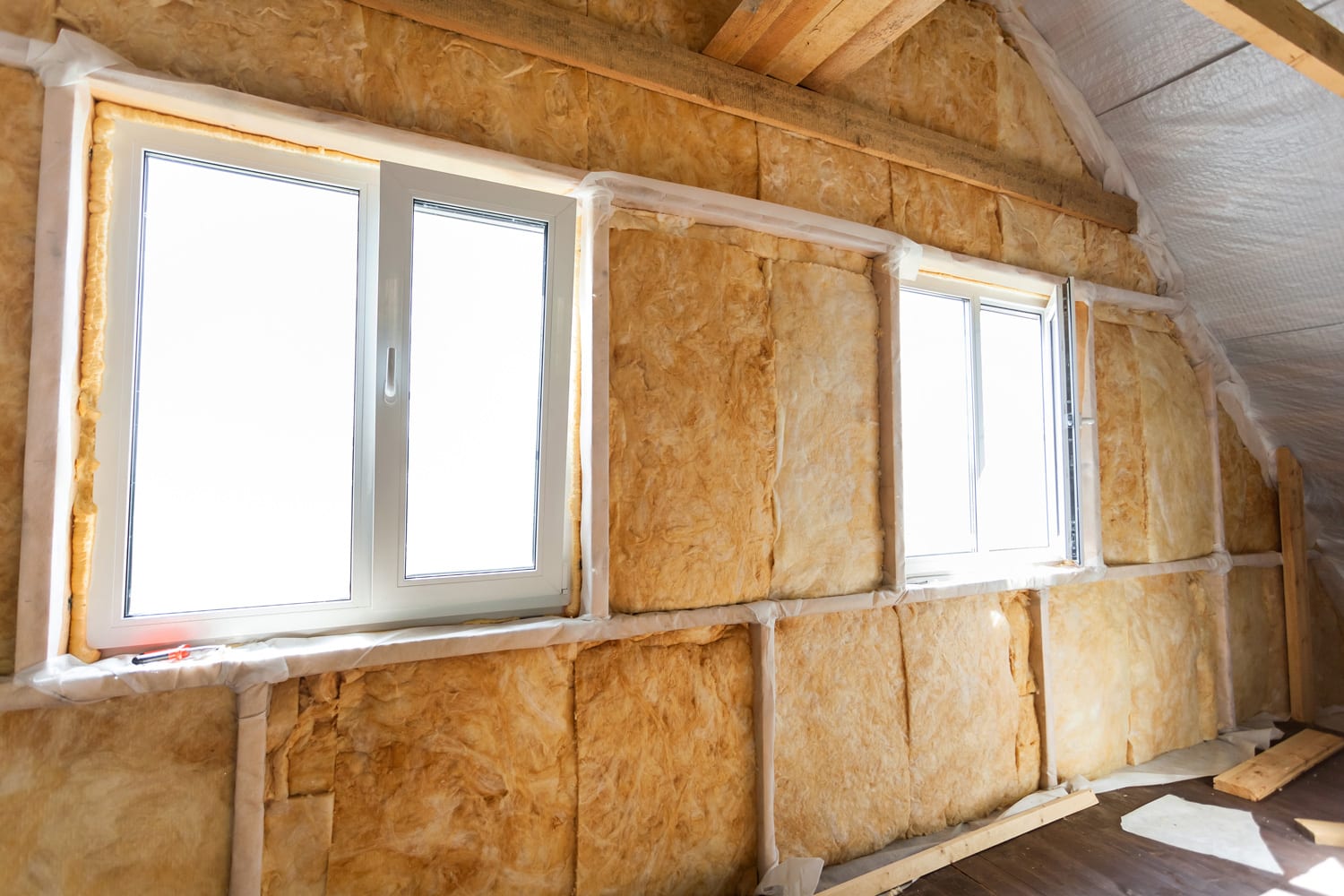
Building codes require insulation in residential and commercial buildings depending on your area. Whether you choose to insulate your interior or exterior walls is up to you!
Although your home won't experience extreme harm with interior wall insulation, there are instances and benefits where exterior wall insulation would be more suitable for your home's needs or your living conditions.
Interior insulation makes your walls feel cooler, resulting in potential condensation inside and on the surface. It becomes harmful when you already encounter similar underlying issues. In this case, exterior wall insulation is better to prevent dampness from passing through the walls.
If you live in an apartment and want to insulate your space, you can achieve this through interior wall insulation to avoid conflict with the property rules.
What R-Value Should My Insulation Have?
Besides building codes, R-value is another requirement when building a house, and it varies per region. The R-value refers to how well the insulation can resist heat flow. It means that the higher the R-value, the better it is at blocking out heat.
R-values differ for each type of material and where you install insulation. Since interior insulation isn't a standard building practice in some locations, most would advise following the recommended R-value for exterior walls instead.
Do You Have To Remove Drywall To Insulate Walls?
Most insulation methods require taking down the drywall before installation. Fortunately, there are specific ways that allow you to insulate even without removing it, like blown-in insulation.
This type of insulation can reach farther spaces due to the spray nozzle. To do this, you will have to drill a few holes into the wall and carefully blow the material into the wall through the holes. Once filled, patch them up with a repair kit or apply putty over them.
Other insulation materials cannot go through holes or small openings, so you need full access to the surface behind the drywall. Some examples of these include insulating with stone wool or foam boards.
The Verdict

You can install insulation in interior and exterior walls if your needs call for it. Interior insulation maximizes its effectiveness when applied with several materials, including spray foam, rigid foam boards, radiant barriers, and stone wool.
Although it's uncommon for some, interior wall insulation provides benefits that improve comfort and energy consumption throughout your home.


